Foundations | 1903-1946

Abiel Abbot Low Memorial Library c.1905
|
Since its founding in 1946, the Harriman Institute has played an important role in supporting collection-building at the Columbia Libraries, building upon groundwork from the beginning of the 20th century. Today, through a unique partnership with Cornell University Library, Institute affiliates benefit from unrivaled resources. This exhibit consists of a series of vignettes and images on library history, personalities, and notable collections obtained and made accessible to students and scholars for more than a century. Collecting at Cornell, driven by diplomat and President A.D. White (d. 1918), began in earnest in 1884, while in 1903 Columbia first acquired Czech, Polish, and Russian literature. A 1906 gift of more than 2,000 Russian volumes by Count S. Iu.Witte (d. 1915) marked the beginning of sustained acquisitions, with Russian materials given by the financiers I.N. Seligman (d. 1917), F.M. Warburg (d. 1937), and Professor V.G. Simkhovitch (d. 1959). Following the establishment in 1915 of Columbia’s Slavonic Department by J.D. Prince (d. 1945), collections in support of Slavic and East European studies at Columbia have grown uninterruptedly, with support from foreign partners (e.g., the Bulgarian Academy began exchange of library materials in 1908), via purchase (e.g., the 3,600-volume library of medievalist A.E. Presniakov of Leningrad), and through gifts (3,500 volumes of Russian and Soviet history and literature were donated in 1933 by the widow of Samuel Abel, M.D. (d. 1930). By the mid-1930s, fourteen Slavic and East European languages were offered. Supported by the outward-looking N.M. Butler (d. 1947), Columbia’s Slavic and East European collections were flourishing long before area studies entered the academic lexicon. |
Foundations: Andrew Dickson White
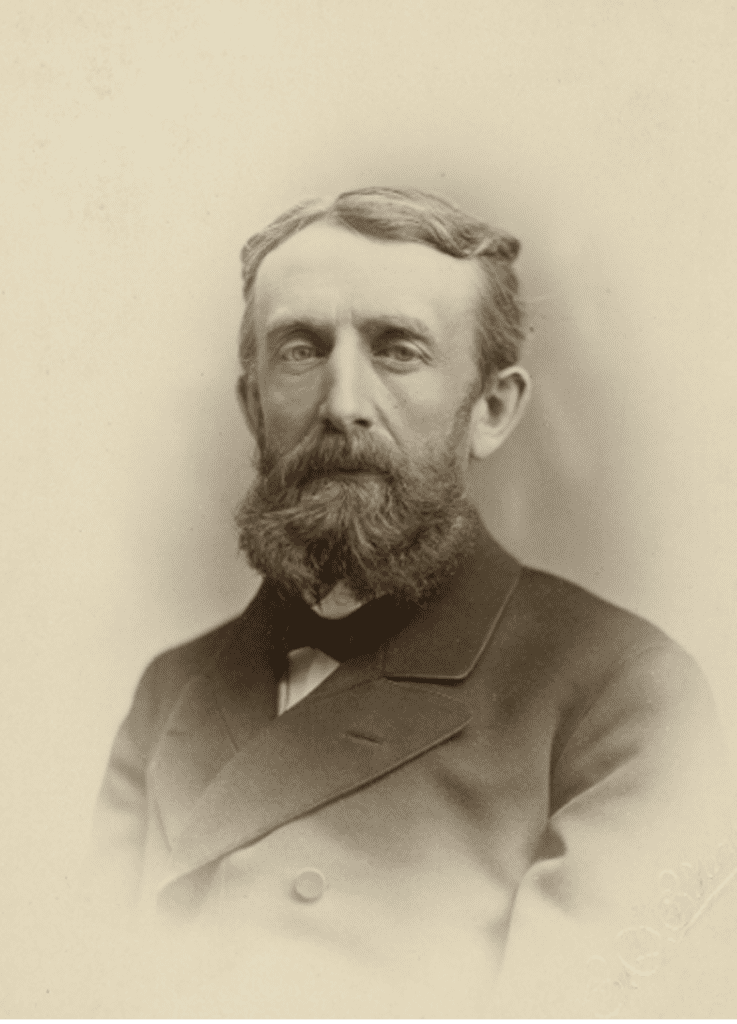
A.D. White, 1884. Evans D. Evans, photographer. Archives picture collection, #13-6-2497. Division of Rare and Manuscript Collections, Cornell University Library.

Interior of the A.D. White Room, Uris Hall, Cornell University. Photo by K. Davis.
| International in his outlook, White (d.1918) served as U.S. Ambassador to Germany and, from 1892-94 to Russia. He played an active role in building the resource base, encouraging the diplomat and historian Eugene Schuyler (d. 1890) to donate predominantly Slavic and East European materials to the Cornell Library, beginning in 1884. |
Foundations: Vladimir Simkhovitch and the Brothers Edwin and Isaac Newton Seligman
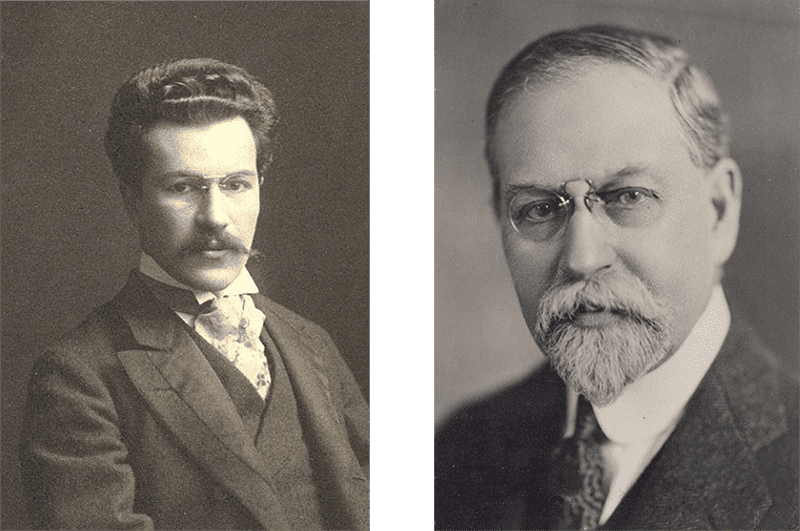
Professor Vladimir Simkhovitch. Undated photograph of Columbia Professor E.R.A. Seligman. University Archives, Rare Book & Manuscript Library, Columbia University Libraries.
| Simkhovitch joined Columbia’s faculty in 1904, becoming Professor of Economic History & Economics. His collection of satirical publications was purchased in Russia in the hours between publication and confiscation. The Seligmans were the American-born scions of prominent German-Jewish financiers. Isaac followed his father into business, while Edwin (d. 1939) held the McVickar Professorship in Political Economy, where one of his students was the Indian statesman B.R. Ambedkar (d. 1956). |
Foundations: Felix M. Warburg
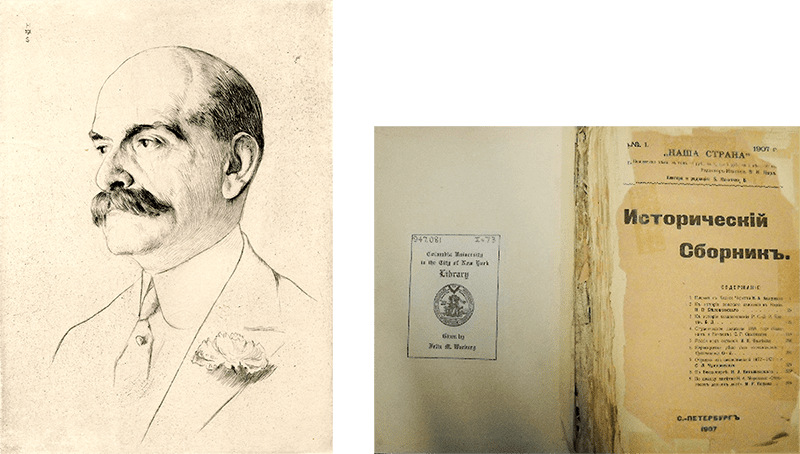
From the left: (1) Portrait Of Felix M. Warburg (1871-1937). Trustee Of Teachers College. (Date, artist unknown). Courtesy of Teachers College, Columbia University. (2) Warburg Gift Bookplate. Columbia University Libraries.
| New York banker and Columbia Trustee, Felix M. Warburg financed trips to Russia by library agents, subscribed to all the important newspapers, and purchased over three thousand socialist and anarchist books and pamphlets in 1903 at an auction in England. At the time, this was considered the most important collection on the Russian revolutionary movement outside of Russia. |
Foundations: Imperial Russian Largesse

Label indicating a volume from the Witte Gift. Photo by L. Ginzburg.
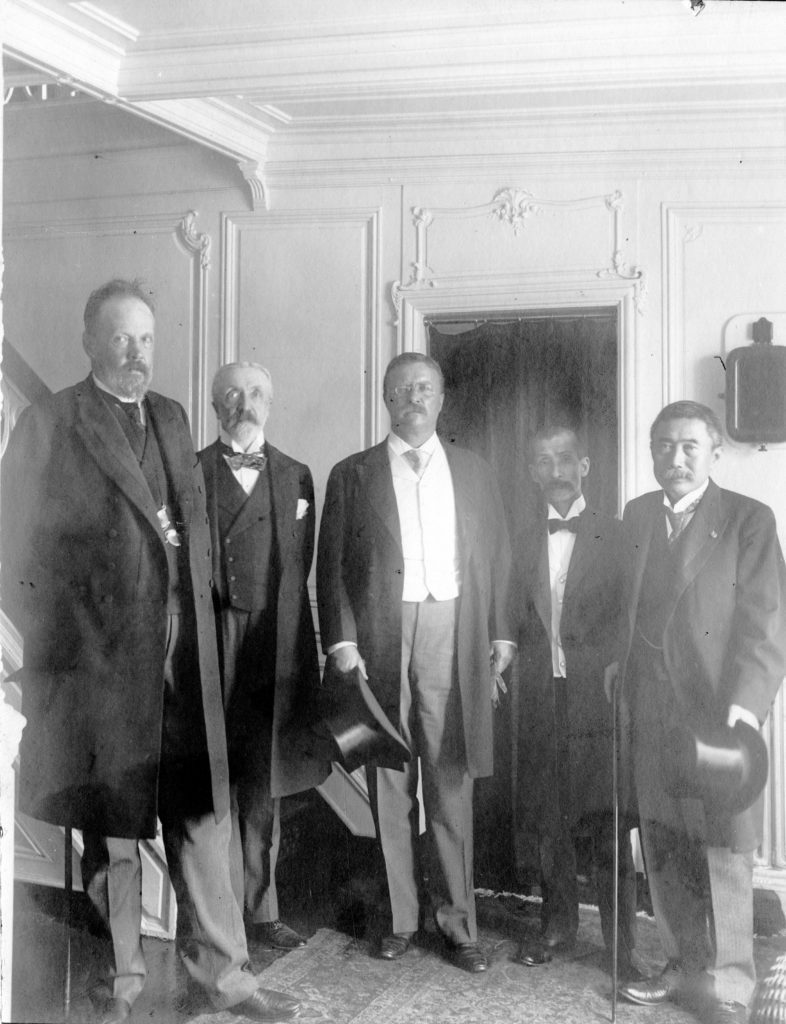
From left to right: Count Sergei Witte, Russian Ambassador to the United States Baron Roman R. Rosen, Theodore Roosevelt, Foreign Minister the Katsura Cabinet Marquis Jutaro Komura, and Japanese Ambassador to the United States Baron Kogoro Takahira, aboard the presidential yacht Mayflower in Oyster Bay, New York, August 5, 1905. Sergei Iul’evich Witte papers. Box 1. Bakhmeteff Archive of Russian and East European Culture. Columbia University Libraries, Rare Book and Manuscript Library.
| Count Sergei Witte’s time in the United States for negotiating a peace treaty with Japan included a tour of Columbia University. He subsequently ordered Russian government agencies to ship their publications to the Columbia University Libraries, becoming a foundation stone for Slavic collection. |
Foundations: International Contacts

A recently-acquired work by Svetoslav Minkov (d. 1966), “the father of Bulgarian science fiction” (right) and Ognenata ptitsa [Firebird] (Sofia, 1927) (left).
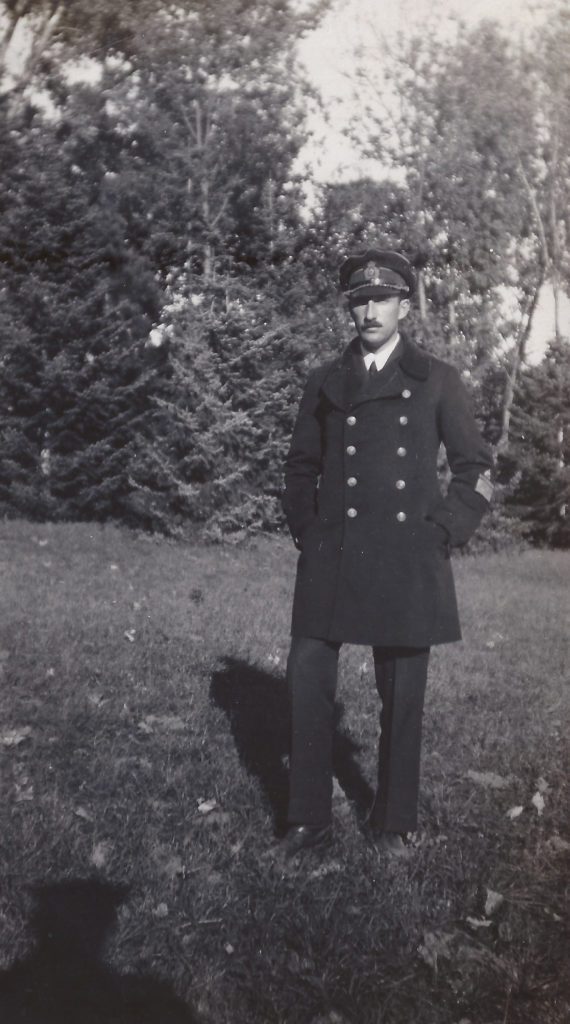
Bulgaria’s Tsar Boris III (1894-1943) at Euxinograd Palace near Varna, in 1931. Courtesy of Princess Maria Luisa of Bulgaria.
| Longstanding contacts with foreign institutions were an important source for facilitating the acquisition of library materials during the first nine decades of collection growth. An example is the exchange with the Bulgarian Academy of Sciences, Columbia’s oldest materials exchange partner, which dates back to 1908. President Nicholas Butler received an honorary doctorate from the University of Sofia in 1935, and the offering of Bulgarian language classes in the mid-1930s inspired Tsar Boris III (d.1943) to donate a collection of books by the Bulgarian Royal Minister, Dimitri Naumoff, in 1939. |
Foundations: Curricula & Collections
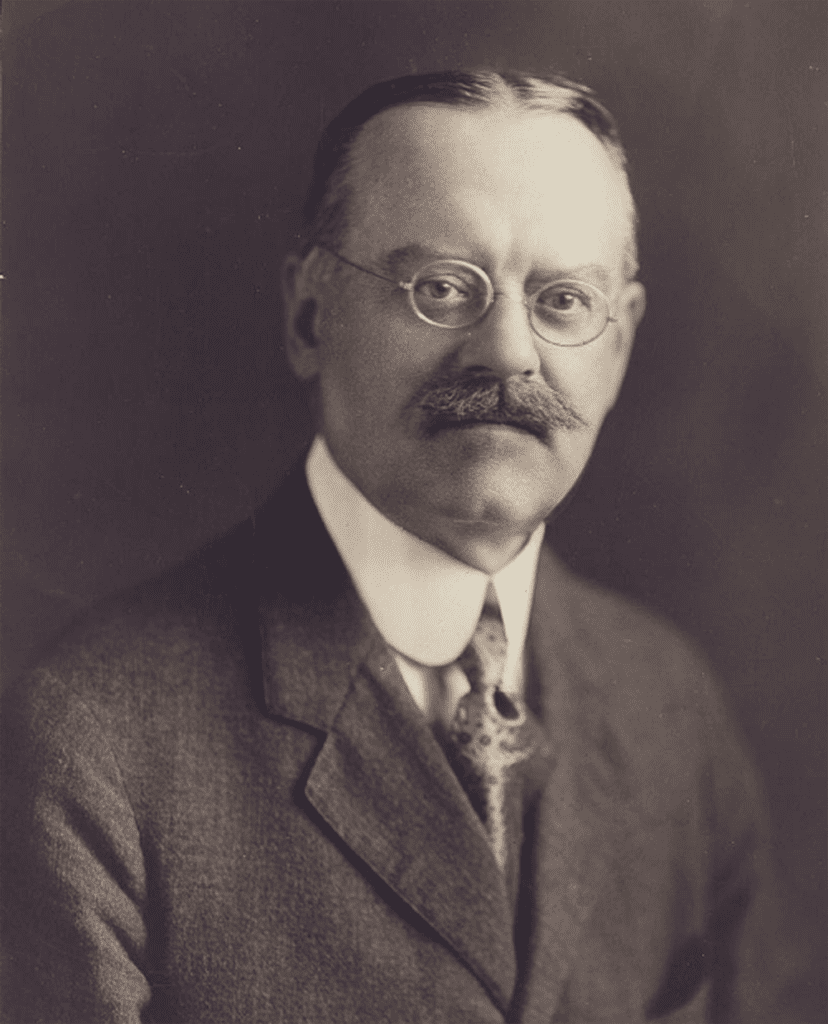
John Dyneley Prince, Photography by Underwood & Underwood. University Archives, Rare Book & Manuscript Library, Columbia University Libraries.
| The arrival of polymath John Dyneley Prince, who founded the Department of Slavonic Languages in 1915 and hired his irenic assistant Clarence Augustus Manning (d. 1972) in 1917, spurred significant growth in library holdings, especially Russian-language material. |
Foundations: Bridging “The Public” and the Heights
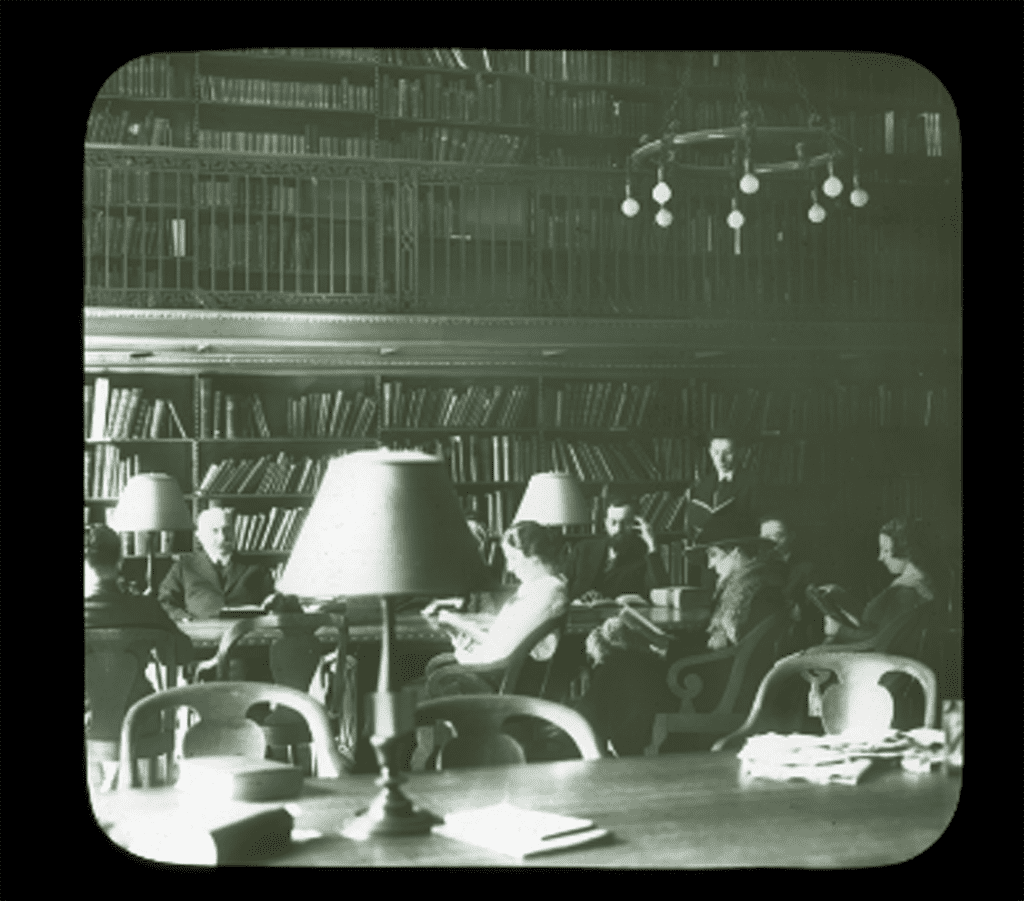
Yarmolinsky (standing upper right) in the historic Reading Room of the Slavonic Division, c. late 1920s. The New York Public Library Digital Collections, Image ID 1153339
| The Russian Institute’s Philip Mosely (d. 1972) stated that “Between the New York Public Library and Columbia, we have, I think, the best Russian collection in the country.” Avrahm Tsalevich Yarmolinsky (d. 1975), the third Chief of the NYPL’s Slavonic Division (1917-1955) deserves much of the credit for the initial growth of the NYPL’s collection as a result of his pioneering book buying trip to Soviet Russia in 1923-24. His Columbia Ph.D. (1921) was the first ever in the field of Slavic languages and literatures awarded in the United States. |
Foundations: Stalin Sells Books & Manuscripts
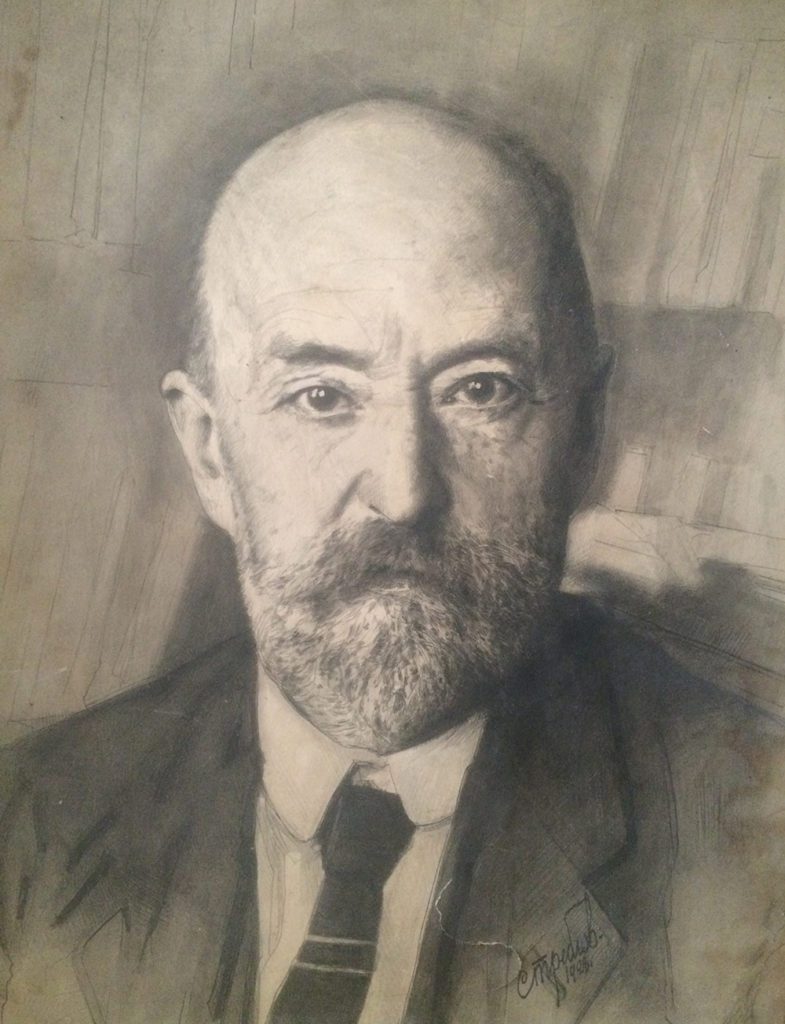
“Alexander E. Presniakov” by Ivan B. Streblov. Courtesy of the St. Petersburg Institute of History, RAS.
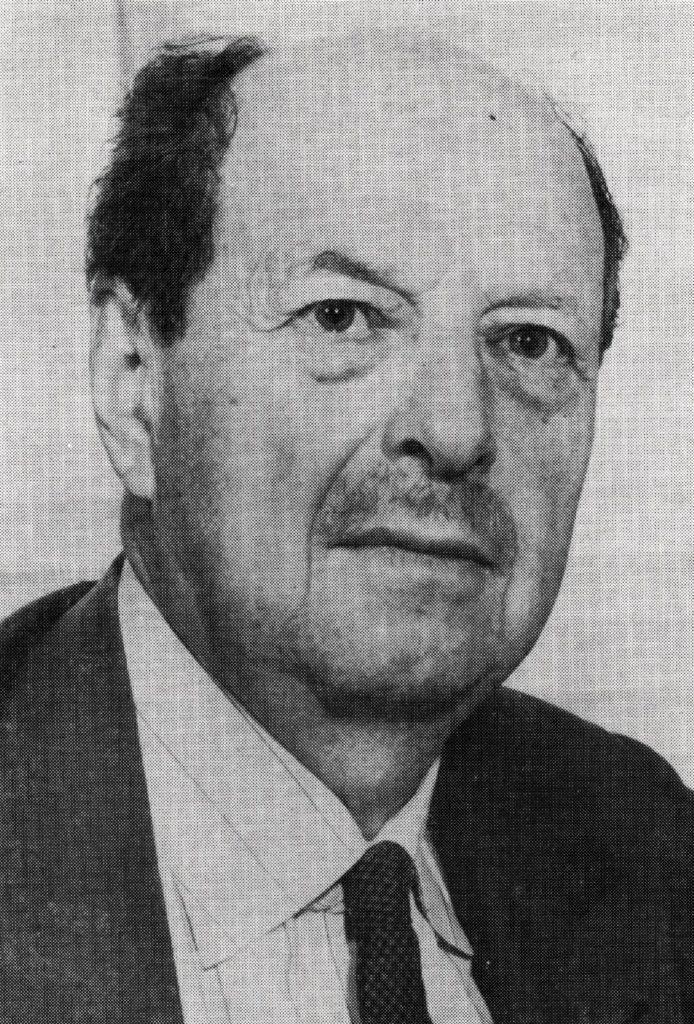
Mikhail Karpovich, Courtesy of Novyi Zhurnal Archive.
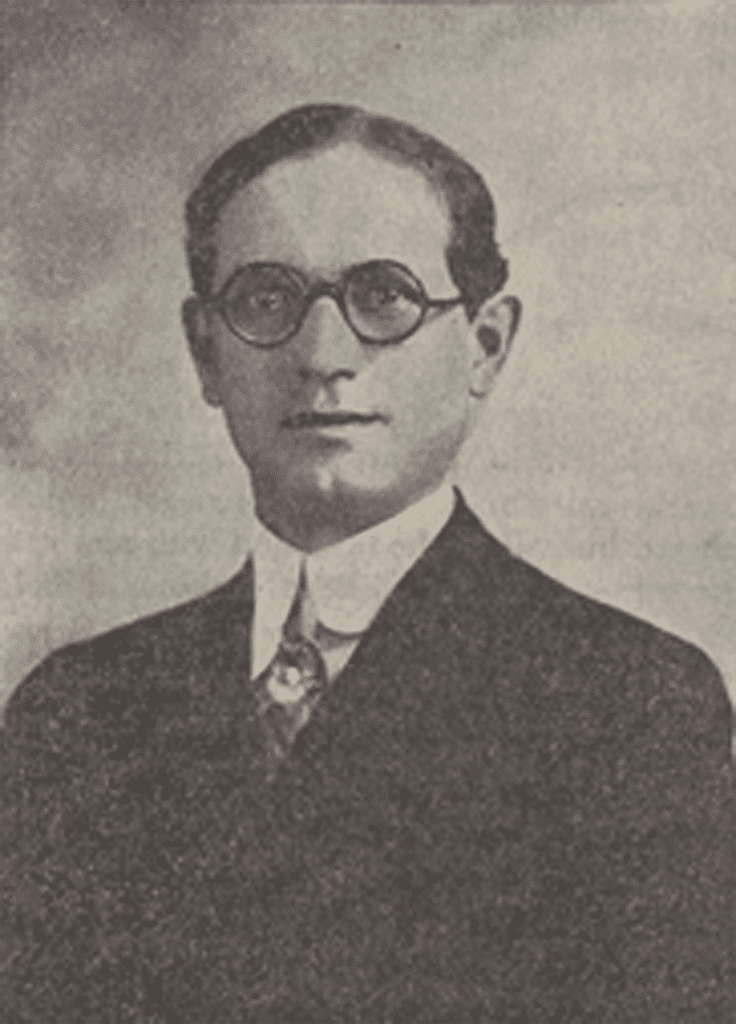
Charles C. Williamson from Library Journal, April 1, 1920
| The 1931 purchase of Aleksandr E. Presniakov’s (d. 1929) library dramatically expanded the historical holdings of the Columbia Library. New York bookman Simeon J. Bolan (d.1972) served as an intermediary between Columbia University and Mezhdunarodnaia Kniga, in a purchase strongly supported by Columbia historian and founding Russian Institute Director Geroid T. Robinson (d. 1971) and Harvard’s Mikhail M. Karpovich (d. 1959). The then-Director of the Columbia University Libraries Charles C. Williamson (d. 1965) was a key player in the negotiations and funding of the acquisition. |
Foundations: The Drs. Abel
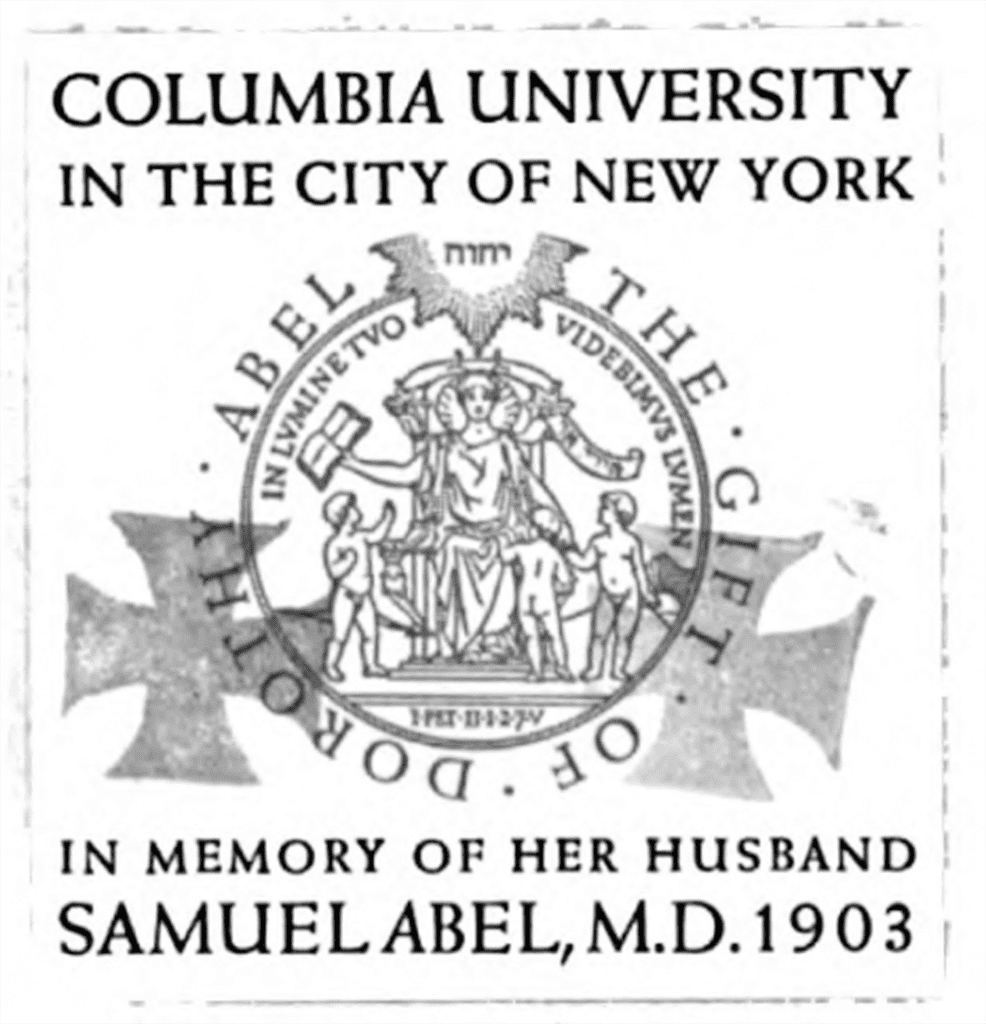
Dedication to Samuel Abel, 1903, the Hebrew reads: “G-d’s light”. And the Latin, “In Your light, we see light”, Columbia University Libraries.
| Samuel Abel, M.D. arrived from Russia in 1891, and graduated from Columbia’s College of Physicians & Surgeons. Upon his arrival he established a home and general practice on Madison Avenue at 104th Street. In December of 1932, his widow (a dental surgeon and also a Yiddish-speaking émigré) made a substantial gift of 3,500 Russian-language volumes in literature, theater, art, philosophy, and politics, which was “regarded by authorities as one of the finest private collections of its kind in the country.” |
Foundations: “Nicholas the Miraculous” Internationalist
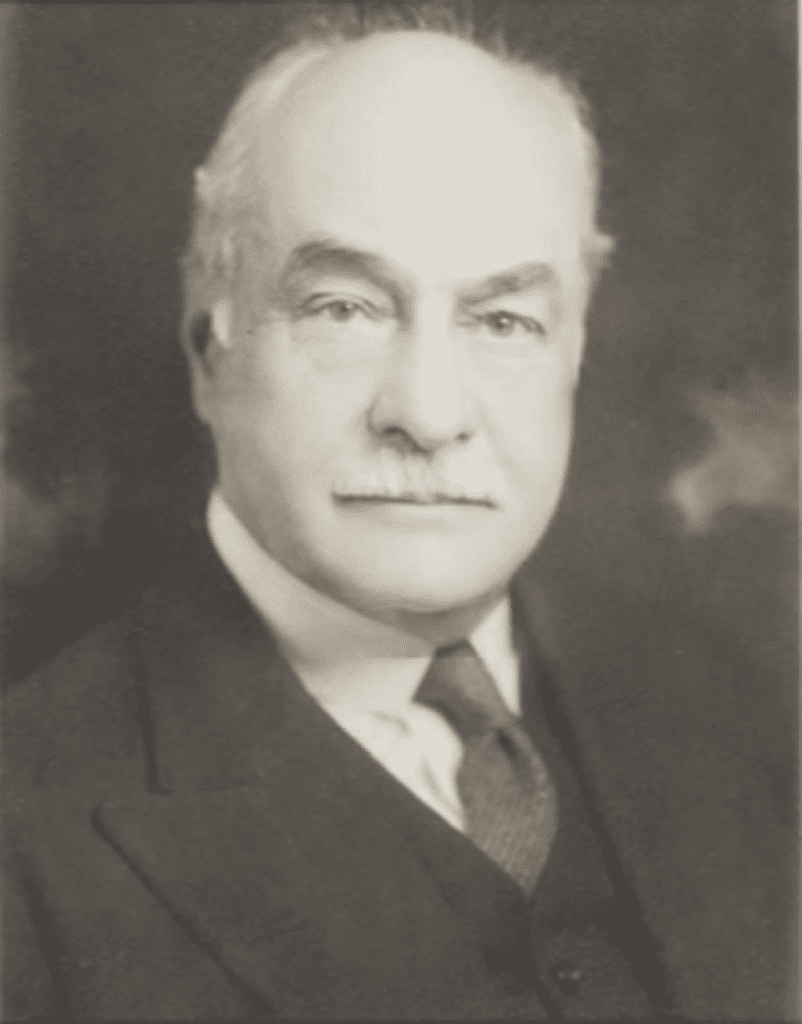
Butler as a Carnegie Corporation of New York Trustee. Digital Collections. Columbia University Libraries.
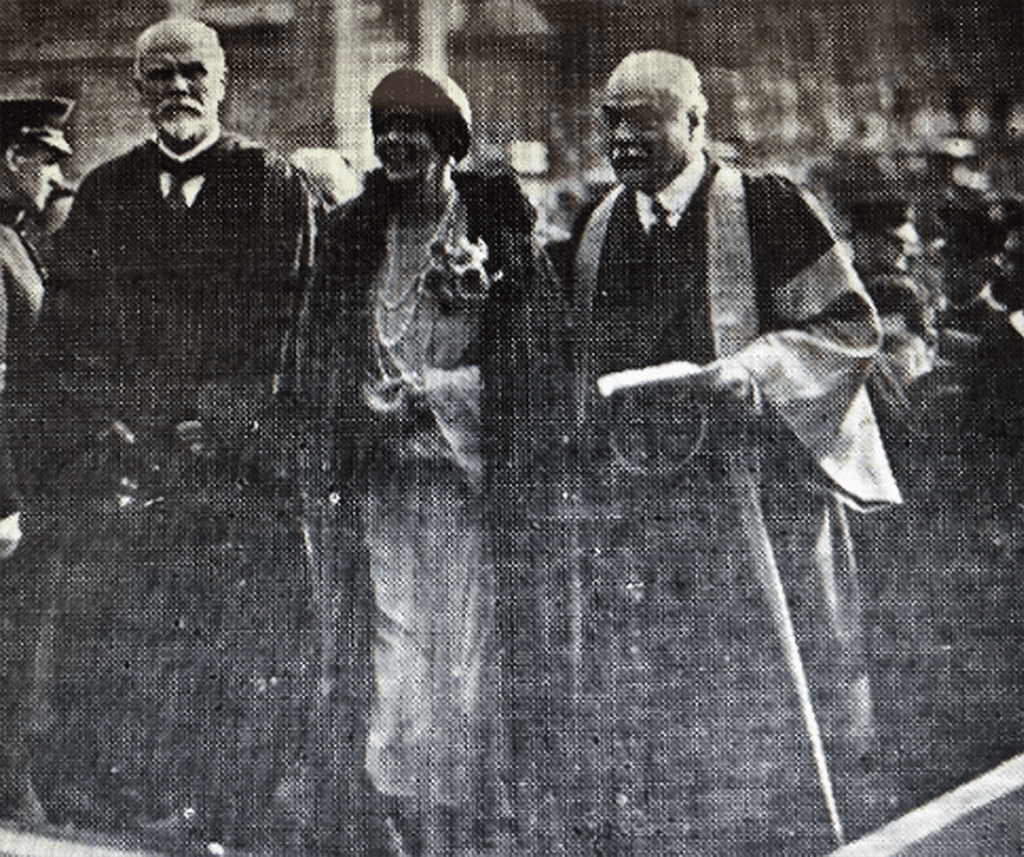
Butler and Queen Marie of Romania on the steps of Low Library, 22 October, 1926. Reproduced from the Columbia Daily Spectator issue of 20 February, 1934, p. 3. Digital Columbia Spectator Archive, Columbia University Libraries.
|
President Nicholas Murray Butler oversaw Columbia’s transformation into a leading international university. He had many interactions with Russians and Eastern Europeans over the course of his career (including Ulianov-Lenin, in 1908), establishing collaborations with many foreign governments throughout his 44-year presidency. Although a vehement foe of communism, on the eve of the creation of the Russian Institute, Butler stated that for international collaboration to succeed, “Russia is very much needed. If there is to be a durable peace, it has got to be by consent and goodwill.” |
